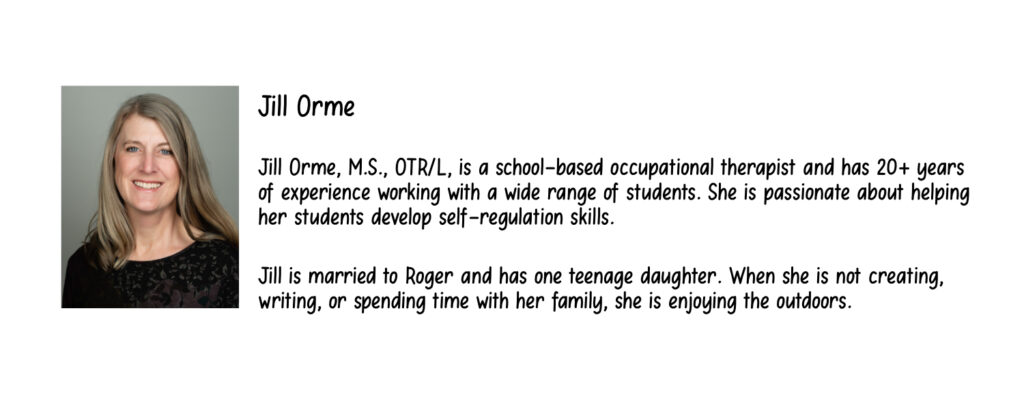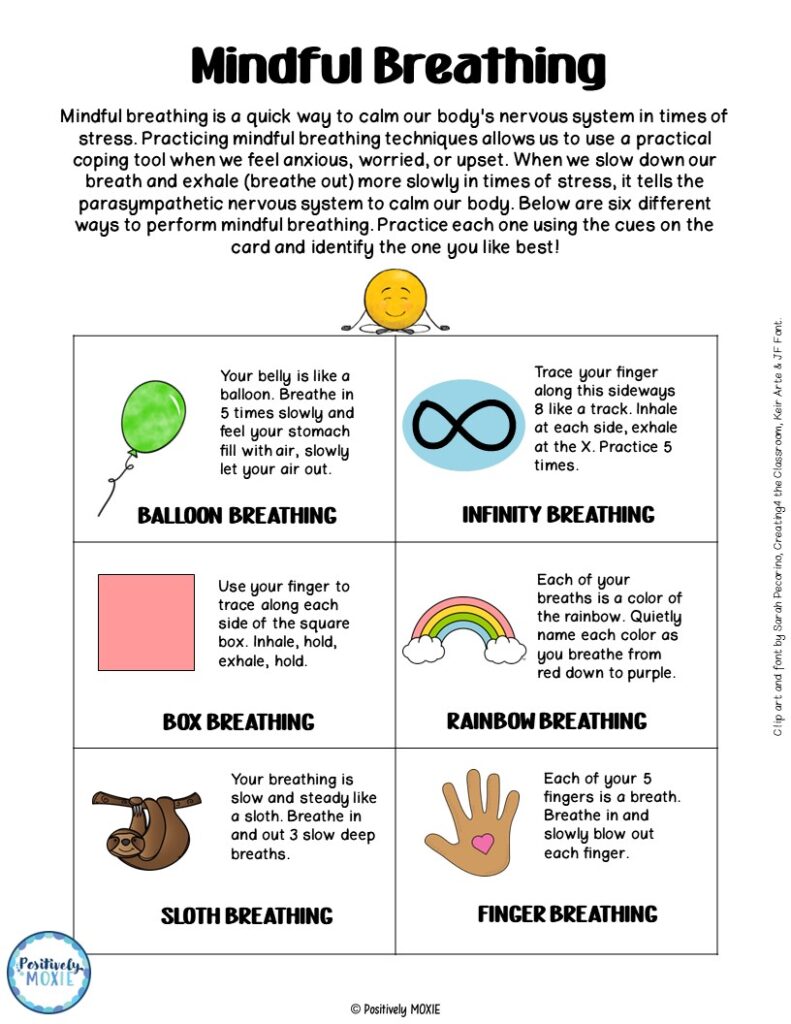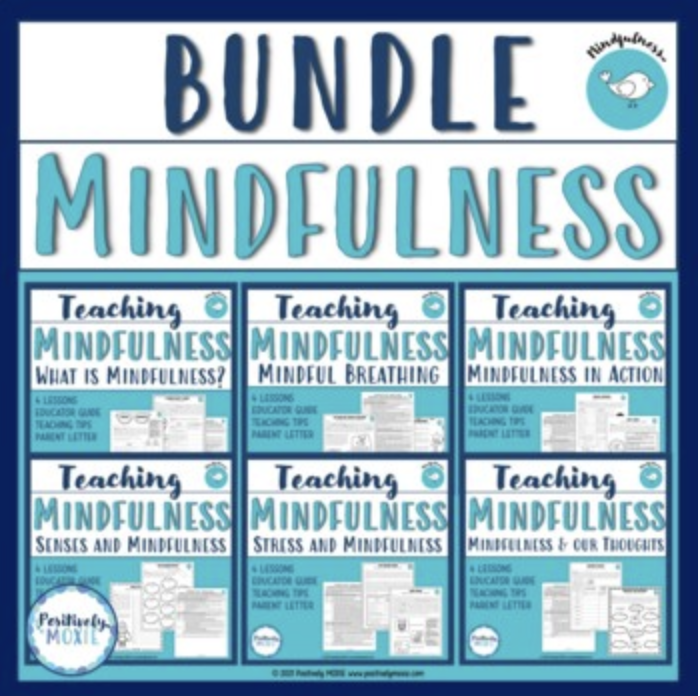
Creating a mindful classroom space is a wonderful way to foster a positive learning environment that encourages emotional well-being, focus, and overall student success. In the quest for an enriching educational atmosphere, establishing a mindful classroom emerges as an exceptional avenue, nurturing academic growth and emotional equilibrium among students. This environment is a nurturing ground where emotional well-being flourishes, concentration deepens, and academic accomplishments soar.
A 10-step Guide for Teachers to Creating a Mindful Classroom
Within this guide, we’ll delve into actionable insights and effective strategies, empowering educators to craft an environment where they and their students flourish. By implementing these practical approaches, educators can create a mindful classroom space where mindfulness permeates every facet of learning, paving the path for holistic student success. This guide will explore practical tips and strategies for cultivating a mindful classroom where you and your students can thrive.
1. Set Clear Intentions
Begin by setting clear intentions for your classroom. Reflect on your goals for the year, both academically and emotionally. Consider what kind of atmosphere you want to create and communicate these intentions to your students. By doing so, you’ll start the year on the right foot, with everyone working towards a shared purpose.
2. Create a Calming Environment
A mindful classroom starts with the physical space. Arrange desks and decorations to create a calming atmosphere. Use soft colors, natural light, and plants to add a touch of serenity. Minimize clutter and distractions to promote focus and relaxation.
3. Use a Mindful Morning Routine
Kickstart each day with a mindful morning routine. Begin with a short mindfulness exercise or deep breathing exercise to help students transition into a focused state of mind. Please encourage them to express gratitude by sharing something they’re thankful for.
4. Incorporate Mindfulness Activities
Integrate mindfulness activities into your daily schedule. These can include short meditation sessions, guided breathing exercises, or mindful coloring. Such activities can help students develop self-awareness, emotional regulation, and stress reduction skills.
5. Model Mindful Listening
Teach the art of mindful listening. This can be done through activities like “mindful listening walks” or by simply taking a moment during class discussions to emphasize the importance of listening attentively to one another.
6. Build in Mindful Breaks
Incorporate short, mindful breaks throughout the day. Encourage students to stretch, do a quick breathing exercise, or practice a moment of silence. These breaks can help reset their focus and energy levels.
7. Develop a Gratitude Practice
Foster an attitude of gratitude in your classroom. Have a gratitude journal where students can write down things they’re thankful for. Regularly discuss and share these entries to promote positivity and appreciation.
8. Know Mindful Conflict Resolution
Teach students effective conflict resolution strategies rooted in mindfulness. Encourage them to take deep breaths, express their feelings calmly, and listen to one another empathetically during conflicts.
9. Encourage Mindful Language
Promote the use of mindful language in your classroom. Encourage students to speak kindly and respectfully to one another. Teach them the power of words and how they can impact the emotional well-being of their peers.
10. Lead by Example
Remember that you, as the teacher, set the tone for the classroom. Model mindfulness practices and embody the qualities you wish to instill in your students. Your mindfulness can inspire and guide them.
Creating a mindful classroom space takes time and effort, but the benefits for both you and your students are well worth it. By implementing these strategies and fostering a culture of mindfulness, you’ll create an environment where students can thrive academically and emotionally. Together, let’s cultivate a mindful classroom that supports the well-being and growth of all.
Implementing mindful lessons into your classroom is useful for cultivating a mindful classroom that promotes personal growth and well-being. These lessons help your students understand and practice mindfulness to help support self-regulation, well-being, focused attention, and emotional control.



